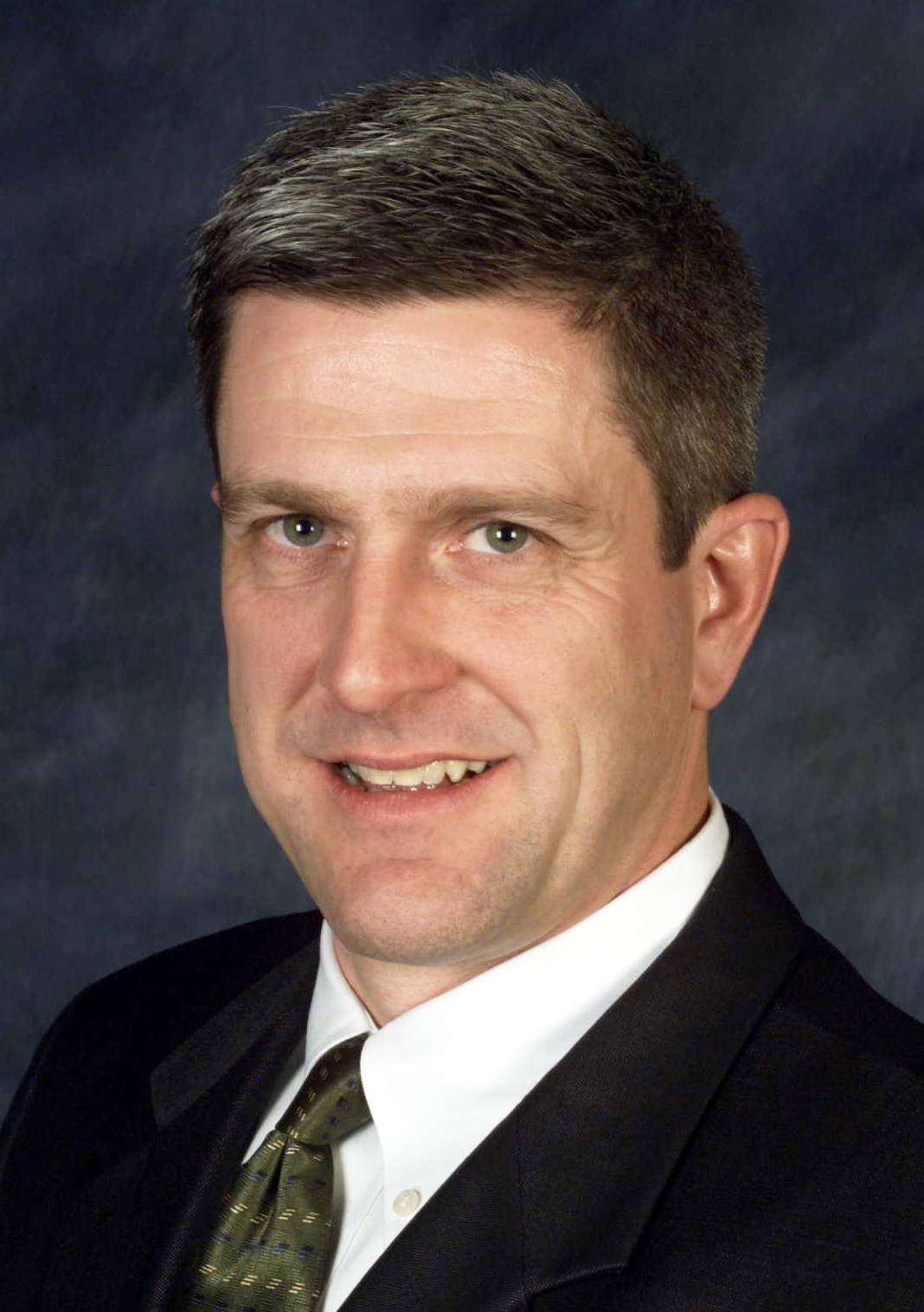 Unity Health System, based in Rochester, N. Y., was an early adopter of electronic health record technology. As early as 2004, providers across the 70-plus location system began selecting and implementing best-of-breed EHR systems.
Unity Health System, based in Rochester, N. Y., was an early adopter of electronic health record technology. As early as 2004, providers across the 70-plus location system began selecting and implementing best-of-breed EHR systems.
"Everyone was getting the benefits of their EHRs," says John Glynn, senior vice president and CIO of Unity. "We all had good access to the data, it was well-organized, we saw reductions in errors, all what you're looking for in an EHR. But we realized we didn't have any way to collaborate within Unity because we didn't have interoperability between the EHR systems."
Instead of undertaking a "rip and replace" to put all of Unity's sites on EHRs from the same vendor, undoing achievements made in EHR integration at the sites, Mr. Glynn and his team opted for an overarching integration strategy. A $6.5 million matching grant from the state of New York in 2010 allowed Unity to build a systemwide health information exchange to achieve interoperability between the various EHR systems.
The grant and the development of the HIE revolved around a large-scale Unity project focusing on managing the system's diabetic population. To manage the care of the approximately 3,300 diabetic patients that were identified as part of the grant, the system needed to be able to share information among specialists within the system and other providers in the community as well.
Using dbMotion, Unity created an HIE platform, called u.Net Connect, that connects all Unity providers. u.Net Connect then connects with the Rochester Regional Health Information Organization, a regional HIE. "We had the conversation with the community about connecting directly to the RHIO," says Mr. Glynn. "Ultimately, this was more efficient for us and allows us to present a unified front to the RHIO."
Soon after receiving the state matching funds, u.Net Connect was a reality. "We went from selection to implementation in 12 months," says Mr. Glynn.
One of the factors contributing to the quick and successful implementation was early clinician involvement in the project. "They were involved in the vendor selection, and we worked with them closely on design and interface" says Mr. Glynn.
His team learned about access needs, usability concerns and clinician's usual workflow, and used that information to move quickly through the implementation process. Because the project was focused on diabetes management, clinicians were also able to pinpoint the sites that would be most helpful to have connected. This allowed Mr. Glynn's team to prioritize implementation across sites and work more efficiently.
For other hospital systems considering developing a systemwide HIE, Mr. Glynn recommends involving all stakeholders as early in the process as possible. "Ensure all stakeholders understand what an HIE is and what it isn’t," he says. "Get them to understand what it is and how it will align with their strategic perspectives."
He also recommends testing early and often. "Don't forget this: source system EHR vendors are not quick to move and don't have a lot of incentive to work with you to develop the features you want," he says. Mr. Glynn's team spent a significant amount of time working with vendors to normalize data entry to prepare the source systems to put information on the HIE. Looking back, he realizes the process could have been improved with more clinician testing. "We should have brought in more physicians to test the HIE earlier because of difficulties with the source system," he says.
Two years after the initial grant for the project, Unity has seen the benefits. Nine months after the HIE went live in October 2012, the number of diabetic patients in the community with poorly controlled blood sugar had dropped 14 percent. Practices across the system were using the data from the HIE, along with new protocols implemented by the diabetes management program, to better track their patients and help manage the disease.
"We couldn't have done this without the HIE," says Mr. Glynn. "And we're seeing the benefit throughout Unity — a physician in the hospital might be thinking, 'What else do Unity providers know about this patient?' and in one click, he's presented with all available data."
Unity recently announced a pending merger with Rochester General Health System; the systems expect to file with the Federal Trade Commission this fall. Mr. Glynn says the HIE infrastructure now in place at Unity prevents compatibility issues if another EHR vendor's system is introduced through the merger.
"We now have options, and the time to focus on other areas of our business," he says.
More Articles on HIEs:
All Large Medical Labs in Colorado Connected to Statewide HIE
Ohio's CliniSync Now Connecting More Than 100 Hospitals
Rhode Island HIE, BCBS Offer Joining Incentives to Lure Physicians

